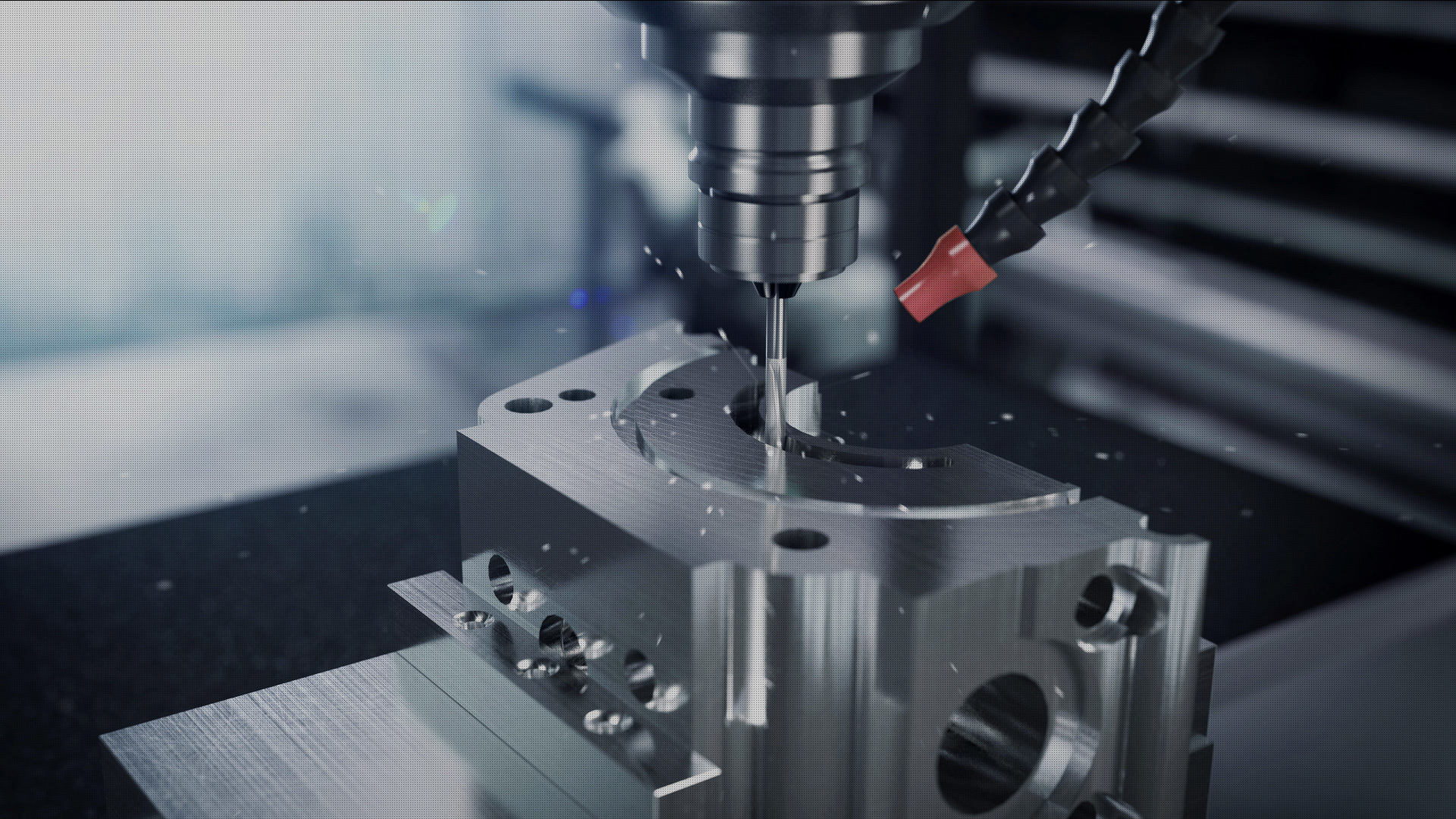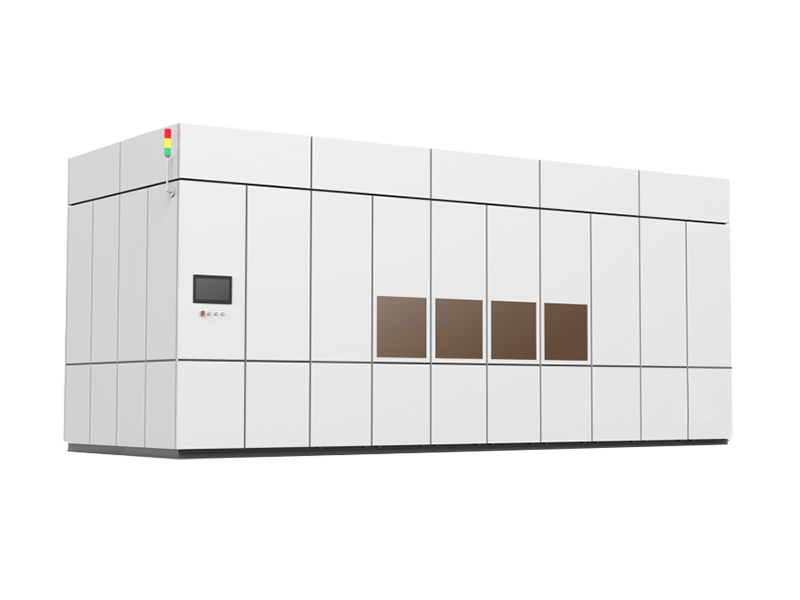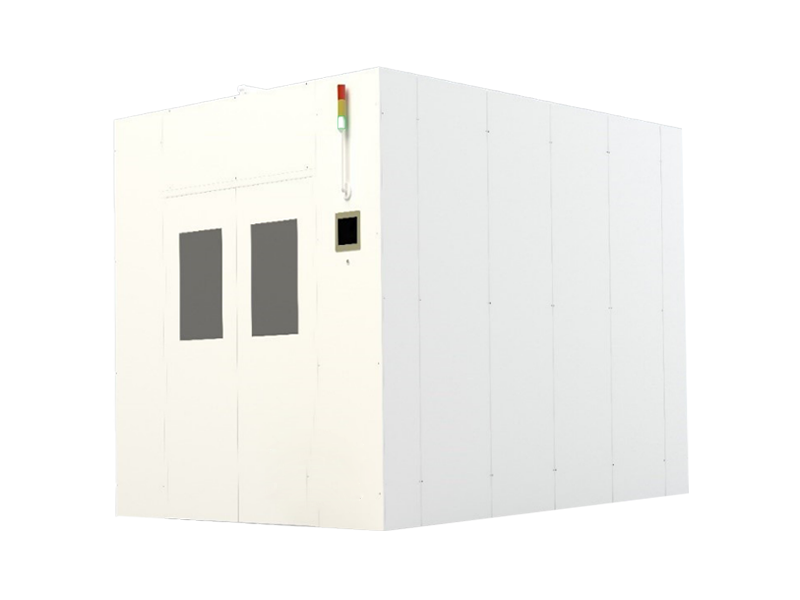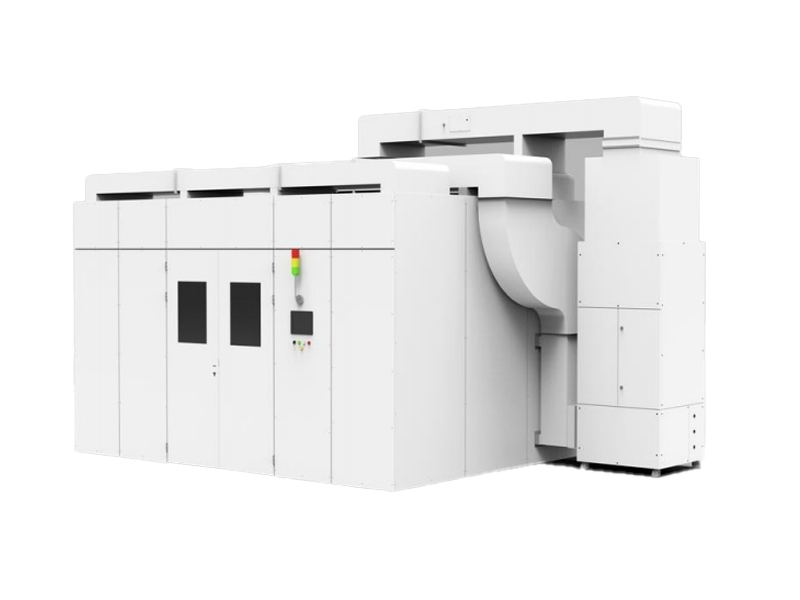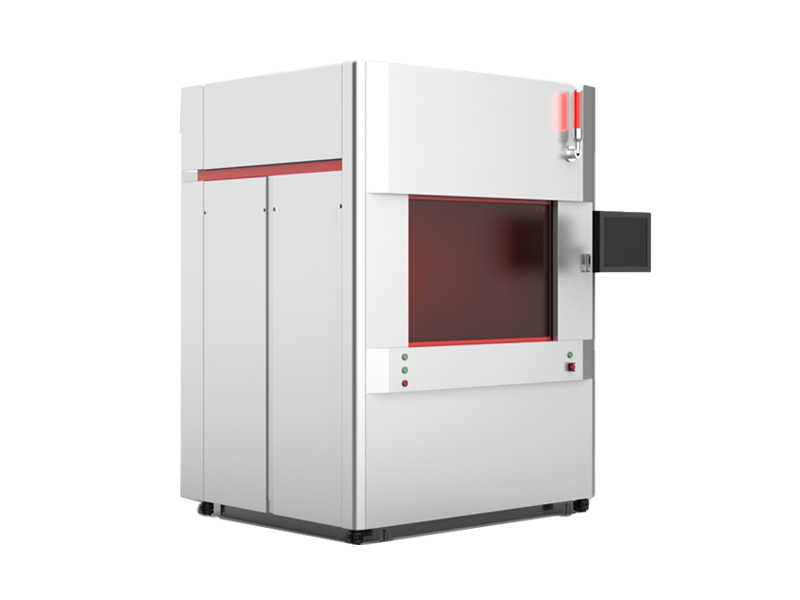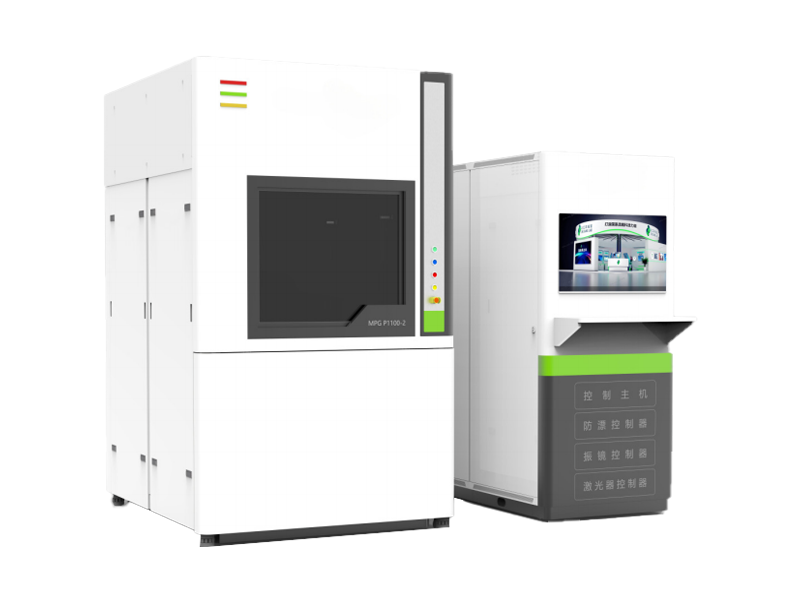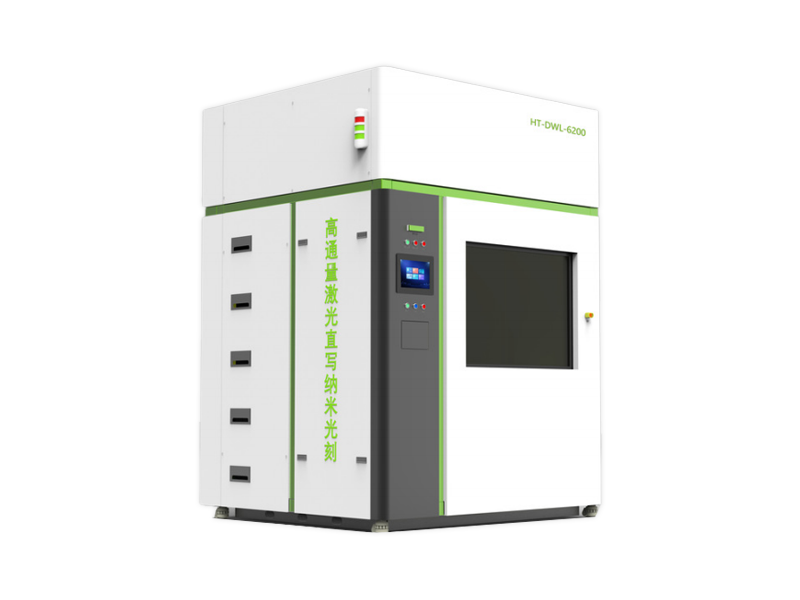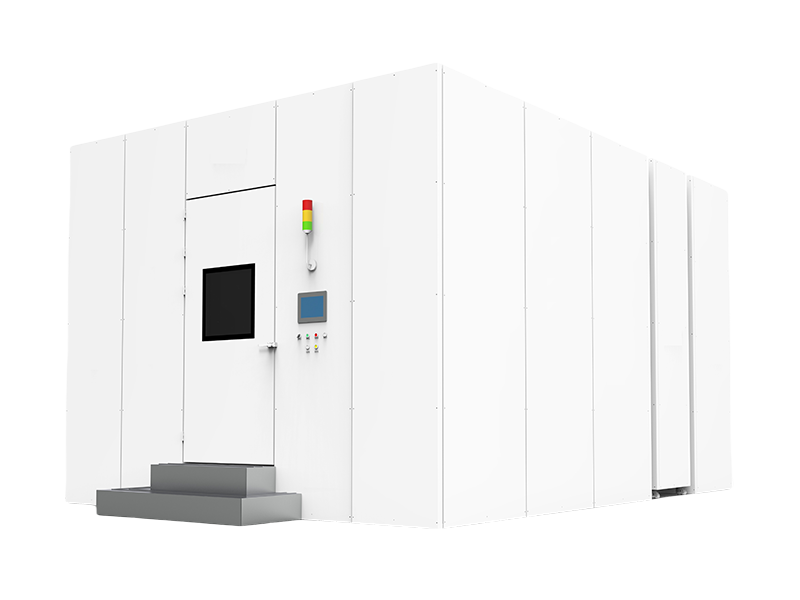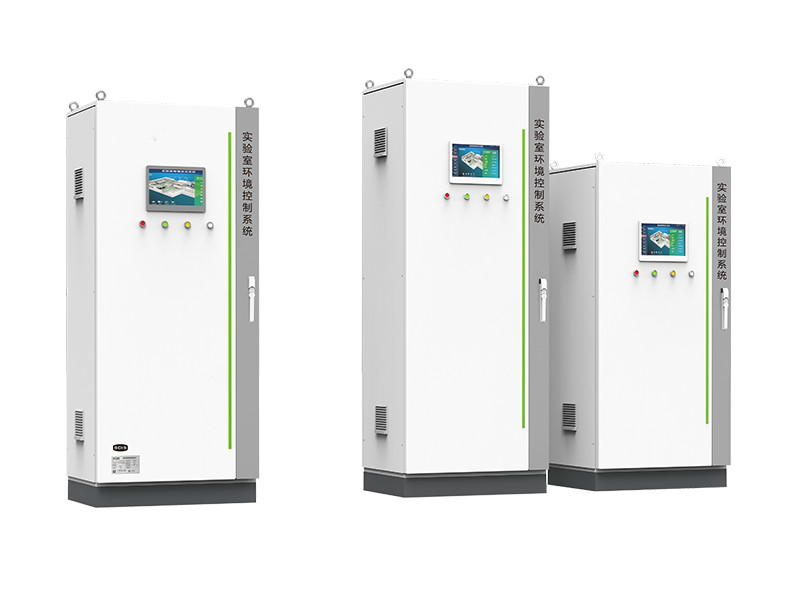Life Sciences
1. Temperature Requirements
 Temperature control in life science laboratories is crucial because temperature changes may affect the activity, stability and experimental results of experimental samples.
Temperature control in life science laboratories is crucial because temperature changes may affect the activity, stability and experimental results of experimental samples.
Conventional life science laboratories: The temperature is usually required to be maintained between 20℃ and 25℃. This temperature range ensures that most biological samples (such as cells, microorganisms, etc.) maintain optimal growth when cultured in vitro.
Specific experimental requirements: For example, in some electron microscope laboratories, the temperature should usually be controlled within a certain range to ensure the stable operation of the electron microscope and extend its service life. Specific requirements may vary depending on the type of electron microscope, but in general, the temperature should be controlled between 19℃ and 26℃. For example, some laboratories require the temperature to be controlled at 20℃±1℃, while others may be wider, such as 22±6℃. In addition, the temperature change rate also needs to be controlled within a smaller range, such as ≤0.5℃/3 minutes or ≤0.5℃/5 minutes, to avoid the impact of temperature fluctuations on experimental results.
2. Humidity Requirements
Humidity is also important for life science laboratories, because changes in humidity may affect the storage, processing and experimental results of experimental samples. The specific requirements are as follows:
General life science laboratories: Humidity is usually required to be maintained between 40% and 60% RH (relative humidity). This humidity range ensures that the laboratory will not be too dry or humid, thereby maintaining the stability and activity of experimental samples.
Specific experimental requirements: The impact of humidity on electron microscopes is also important. Excessive humidity may cause moisture to the electronic components inside the electron microscope, affecting its performance and stability. At the same time, excessive humidity may also promote the growth of mold, causing pollution to the laboratory environment and experimental results. Therefore, the relative humidity of the electron microscope laboratory should usually be controlled below 60% RH, and some laboratories even require it to be controlled below 65% RH or lower (such as below 25% RH). However, too low humidity may also cause static electricity problems, so it is necessary to weigh it in actual operation.
3. Cleanliness Requirements
Cleanliness is one of the key factors that cannot be ignored in life science laboratories, because pollutants such as particles, bacteria, and fungi in the air may contaminate experimental samples, thereby affecting the accuracy of experimental results. The specific requirements are as follows:
Air cleanliness: Life science laboratories should use high-efficiency air filters (HEPA) or ultra-high-efficiency air filters (ULPA) to filter particles and pollutants in the air to ensure that the air cleanliness in the laboratory meets certain standards. For example, some laboratories may require the concentration of particles in the air to be less than 0.1 micrograms per cubic meter.
Sterile environment: For life science experiments that require sterile conditions, such as microbial culture and cell culture, the laboratory should provide a sterile environment. This usually includes the use of sterile operating tables, sterile culture media, sterile reagents, etc., and regular cleaning and disinfection of the laboratory.
Clean room technology: In some high-precision or high-sensitivity life science experiments, it may be necessary to establish a clean room or clean workbench to further reduce the content of pollutants in the air. The clean room should be equipped with a professional air purification system, air flow control system, and dust particle monitoring system to ensure that the air cleanliness in the laboratory meets the required standards.
4. Anti-microseismic Requirements
In life science research, precision instruments such as microscopes, centrifuges, and spectrometers are indispensable. However, these instruments are extremely sensitive to vibration environments, and even tiny vibrations may have an adverse effect on their performance. Therefore, the application of anti-micro-vibration equipment is particularly important in life science laboratories. For example, in microscope observation experiments, anti-micro-vibration equipment can ensure the stability of the microscope platform, thereby avoiding image blur and distortion and improving the clarity and accuracy of observation.
In addition, experimental processes such as cell culture and gene sequencing in the life science industry also have strict requirements on the vibration environment. Vibration may interfere with cell growth and division and affect the accuracy of gene sequencing. Therefore, in these experimental processes, the use of anti-micro-vibration equipment can ensure the stability of experimental conditions and improve the reliability and accuracy of experimental results.
*The above content is for reference only. For specific equipment selection, please contact us to customize the solution according to your site conditions.
Related Products
Polar Measurement (Nanjing) Technology Co., Ltd., as a mature manufacturer of high-precision environmental control equipment, we focus on innovation and development, and are committed to providing customized environmental control solutions for global enterprises, with strict temperature, humidity and cleanliness standards. Inject efficiency into your production environment.
immediate consultation
You can leave us your needs or suggestions online, and we will reply to you as soon as we receive them.


